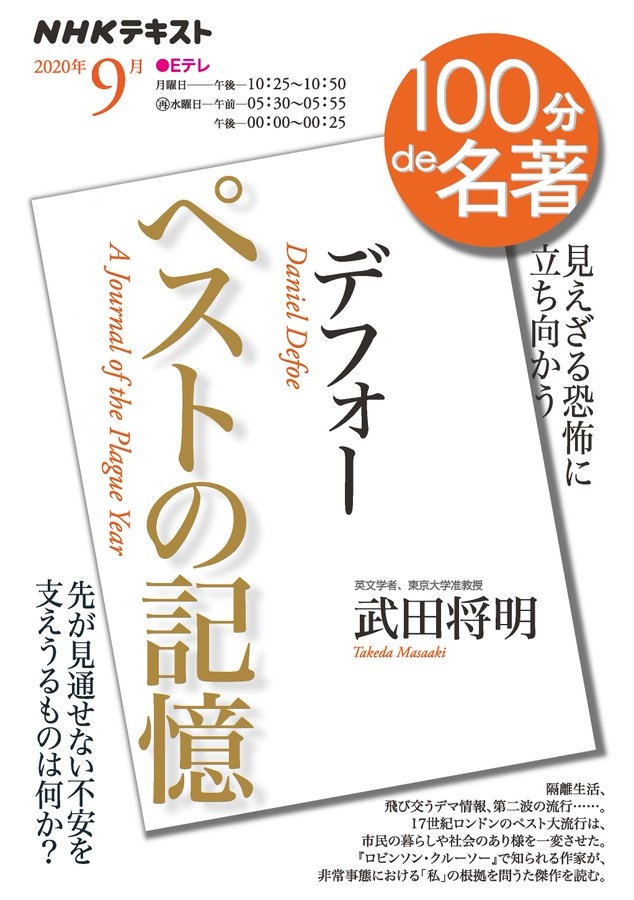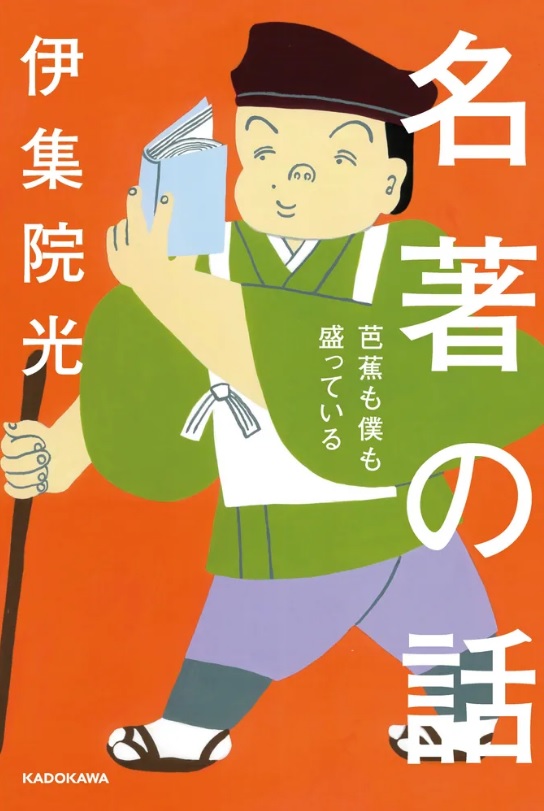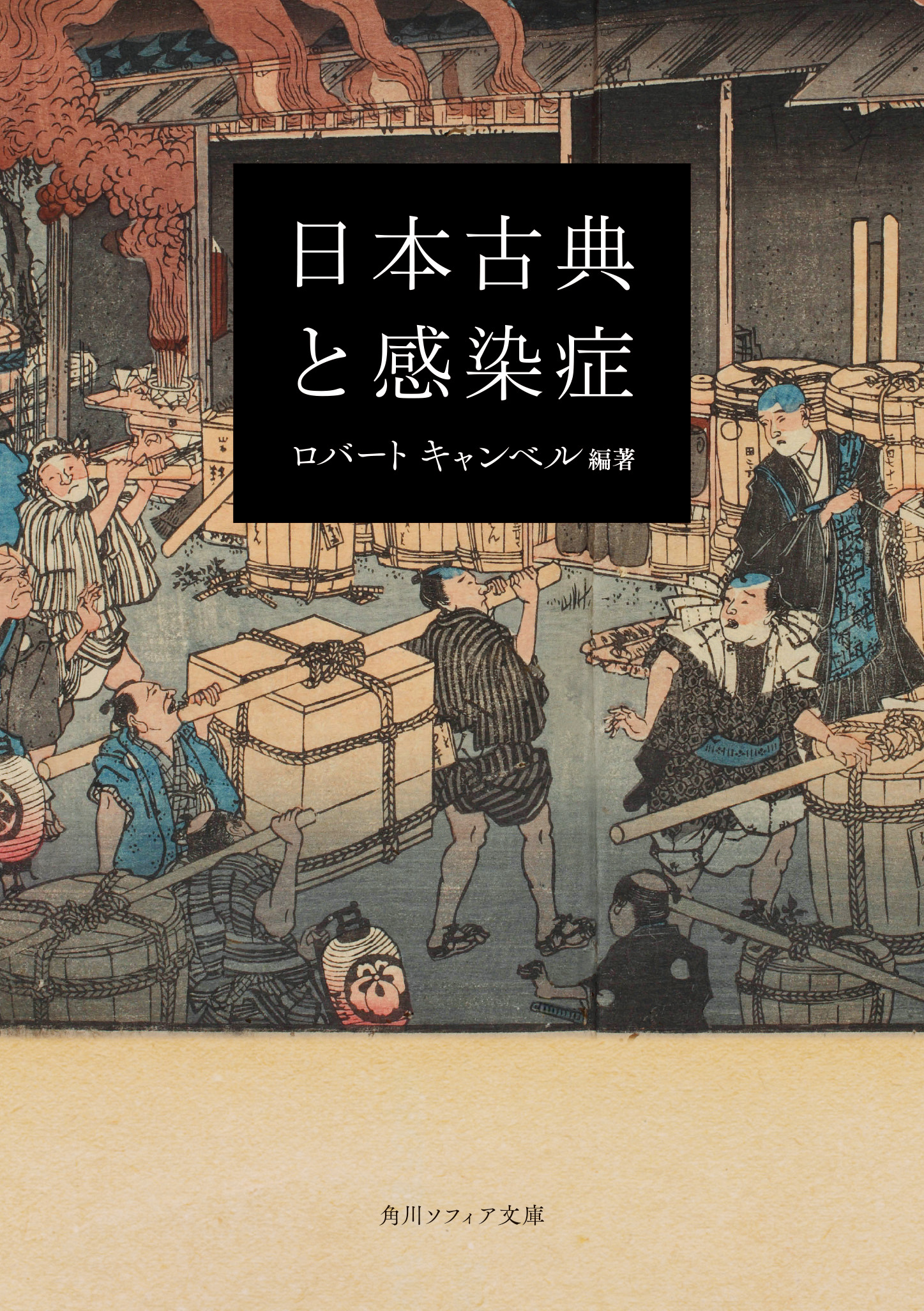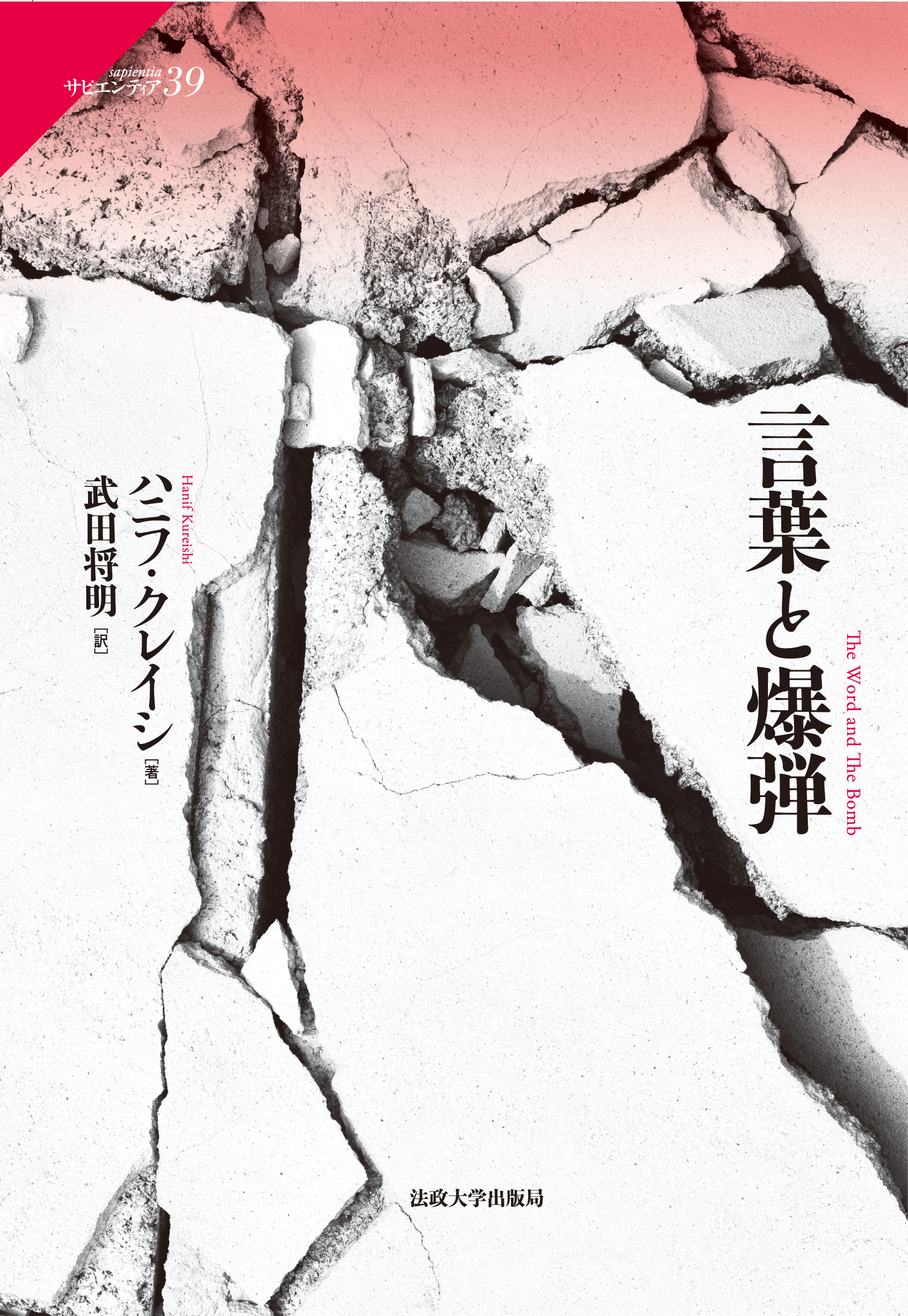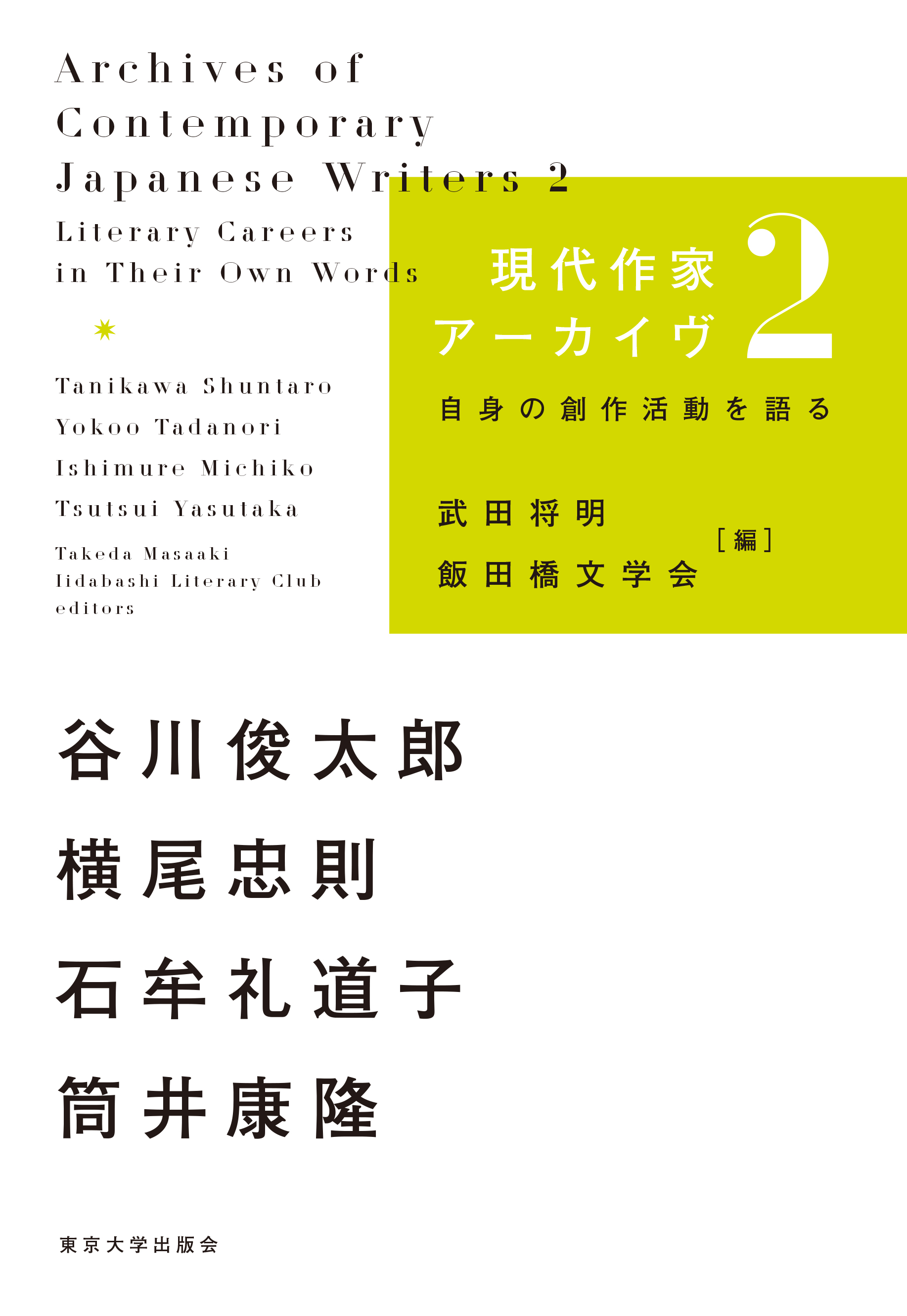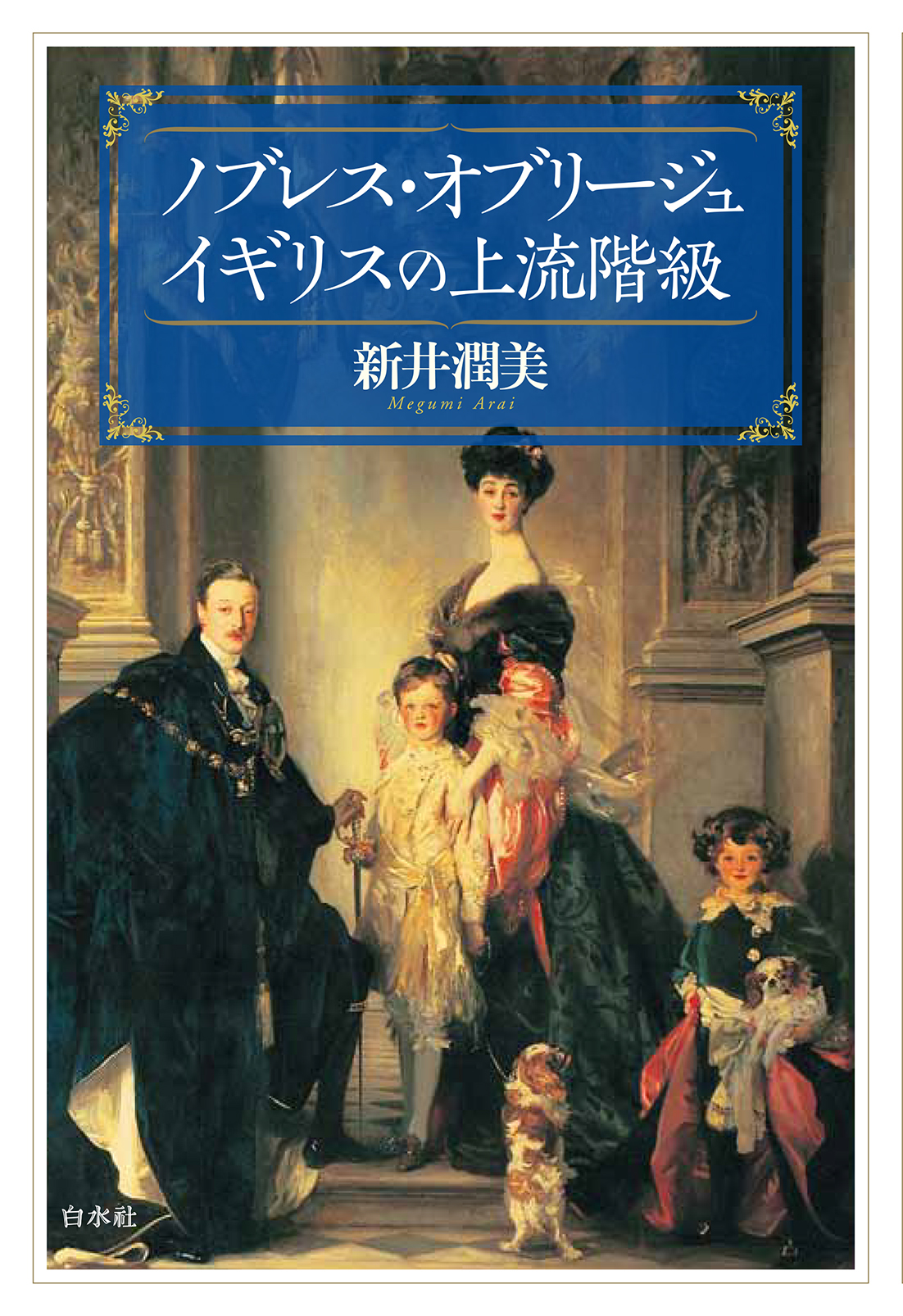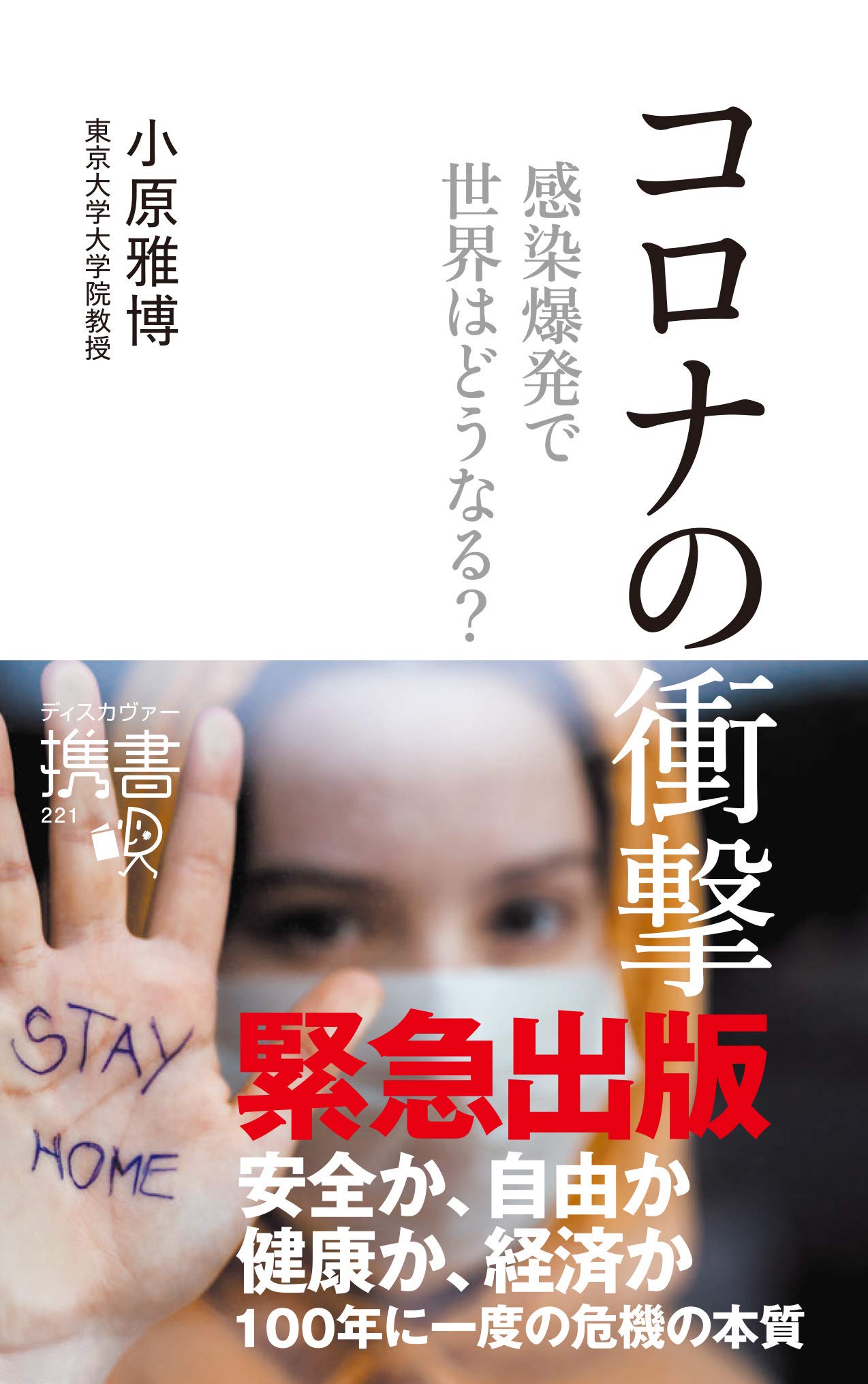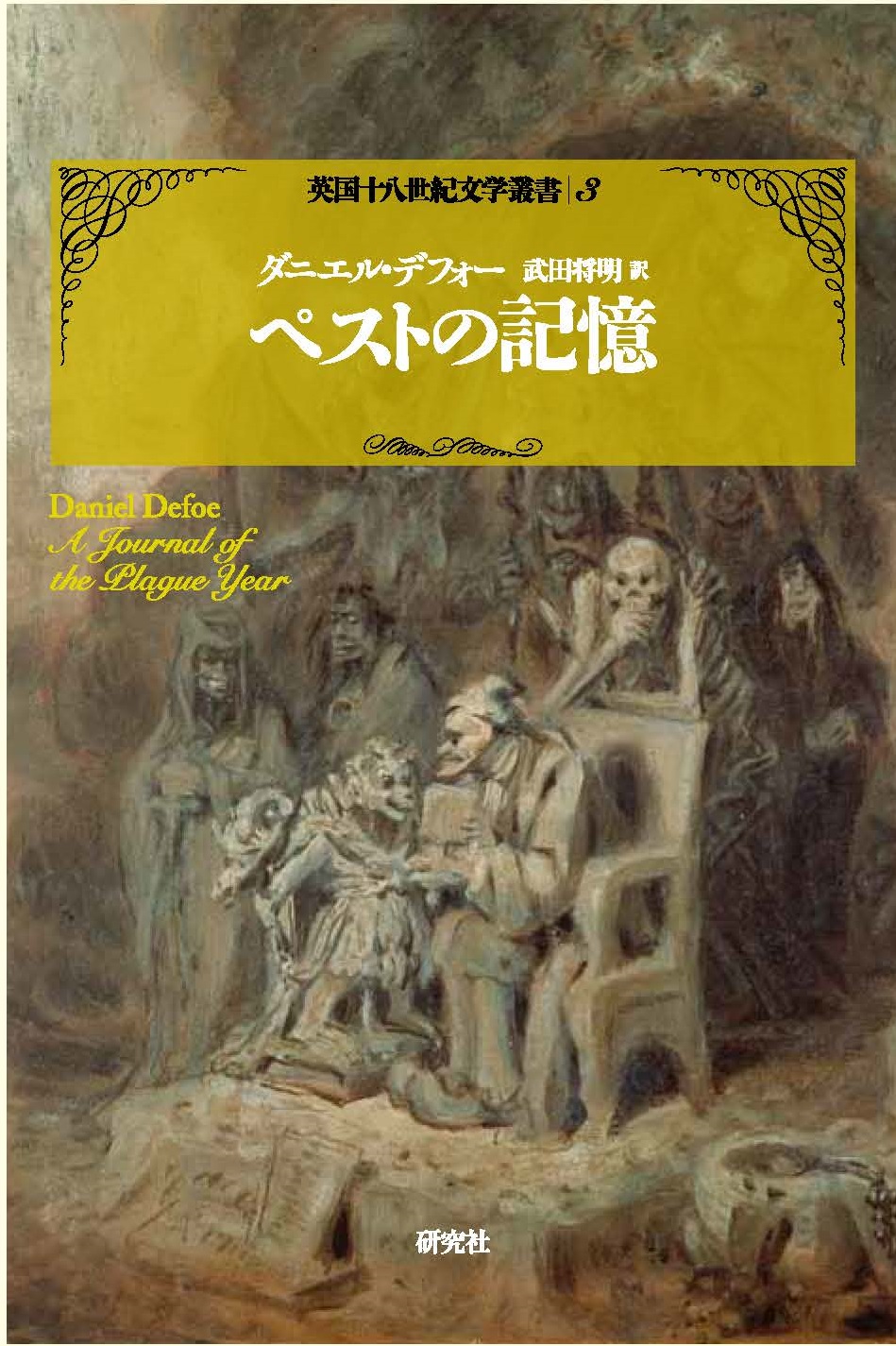
Title
A Collection of Eighteenth-Century British Literature, vol. 3 Pesuto no Kioku (A Journal of the Plague Year)
Size
364 pages, 127x188mm, hardcover
Language
Japanese
Released
September 25, 2017
ISBN
978-4-327-18053-9
Published by
KENKYUSHA
Book Info
See Book Availability at Library
Japanese Page
In 1665, a virulent plague swept through London. According to this book, the plague took the lives of approximately 100,000 people. When the plague broke out, it showed signs of spreading but later seemed to have stopped, creating anxiety among the population. Unfortunately, it regained momentum before people realized it and killed nearly 10,000 people per week. The nobility and the rich gave up early and left London, but when the common people began to panic, the government strictly controlled the movement of people out of fear that the infection could spread outside the city. Even those who were well were prohibited from going outside their homes if family members were infected.
This book provides detailed accounts of a series of events that were tragic and scary—and sometimes weirdly comical—during the crisis. Daniel Defoe—also the author of Robinson Crusoe—described the events vividly. Defoe was born in 1660; he was five years old when the plague broke out. It has been revealed by research that he was born to a rich merchant family in London and was taken out of the city by his clever parents when the plague struck. In other words, the book was not written based on his actual experience; it is reportage-style fiction written according to his vast imagination and references to factual materials documented at the time of the outbreak.
The book was published in 1722, about three hundred years ago. The lives of people are portrayed here with fundamental clarity; in some ways, they have much in common with people today, extending beyond differences between the United Kingdom and Japan. Upper-class people rushing out of London, quacks selling shady “anti-pestilential pills,” people engaging in strange practices to stay healthy—all are portrayed at the beginning of the book. Survivors are not the only ones richly depicted. It may sound as an oxymoron, but Defoe has also described the dead vividly. There is a ghastly scene in which many dead bodies lying outside houses are stacked in “dead-carts” at night and thrown into massive pits dug hurriedly, one after another. Such a horrible scene can hardly be found even in a present-day mystery novel or drama.
There are several translated versions of this book. In my translation, I tried to use expressions that appeal to today’s readers and made efforts to provide various information on the British culture and society in the eighteenth century using annotations and maps so that the readers could understand the content thoroughly. I cannot judge the quality of my own translation, but if you are interested after reading this synopsis, I urge you to obtain a copy and read it. The scenes that can be felt from the pages may be surprisingly familiar.
(Written by TAKEDA Masaaki, Associate Professor, Graduate School of Arts and Sciences / 2020)



 Find a book
Find a book


